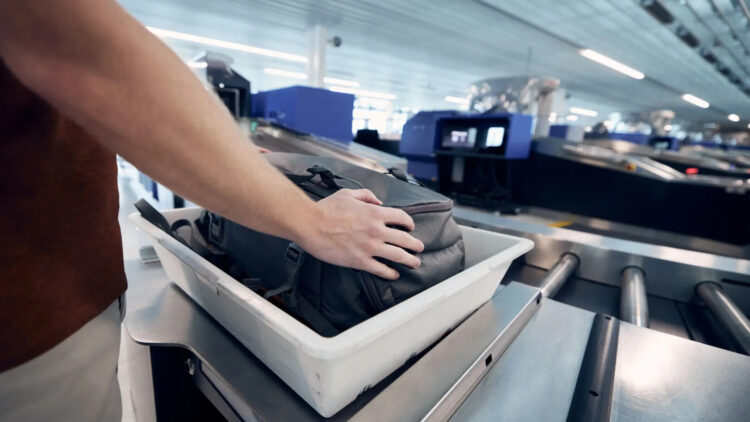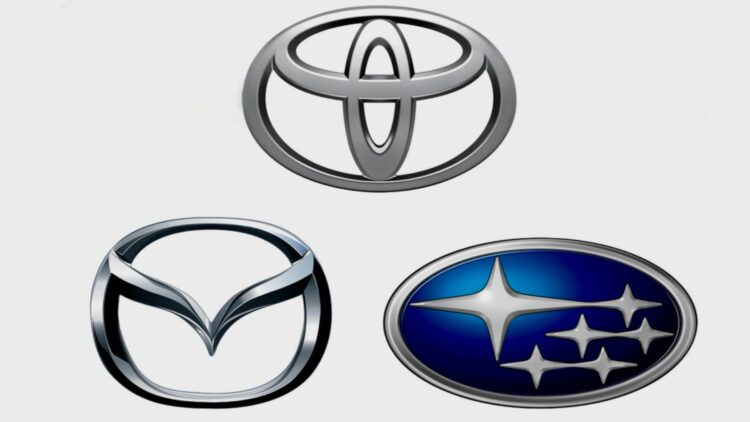Neither oil nor tourism – mining emerges as the key to economic progress in resource-rich regions
It’s official – the gasoline- and fossil-fuel-free car returns to Japan, promising to revolutionize sustainable mobility
NASA reveals impressive “solar curtains” on the Sun and the phenomenon leaves scientists speechless – this is how the plasma curtains discovered by the Solar Orbiter on the Sun are formed
Vehicle autonomy has become a trending topic in this country lately. It has absolutely
nothing to do with Tesla’s robotaxi or Amazon’s, nothing at all…
Now, the
National Highway Traffic Safety Administration (NHTSA)
has proposed reducing wait times so autonomous vehicles can hit the road sooner.
It all centers around the Part 555 exemption process, which would allow manufacturers to sell up to 2,500 vehicles per year without fully complying with traditional federal regulations… This includes cars without steering wheels, manual brakes, or mirrors.
This change, announced by the Department of Transportation (DOT) on June 13, promises to make the U.S. a top destination for autonomous vehicle advancements! And of course, it will compete head-to-head with powers like China.
The system is clear: eliminate bureaucracy, allow the commercial deployment of driverless vehicles, and ensure safety is not compromised in the process. Will it finally become a reality?
What is the Part 555 exemption
Let’s take it step by step. Part 555 is a federal rule that allows manufacturers to request exceptions to sell vehicles that don’t meet all safety standards… As long as they can prove that their models are safe and that their implementation benefits the public interest, like in this case, autonomous vehicles.
Up to 2,500 vehicles without traditional standards
Thanks to this change, manufacturers will be able to launch up to 2,500 units per year that don’t include elements once considered essential, like steering wheels, pedals, or rearview mirrors. Yes, we also find it a bit strange, but as the kids say nowadays, trust the process!
An industry that evolves quickly
Peter Simshauser, legal advisor for the NHTSA, explained that a more dynamic and flexible approach will be taken to review applications, something that will allow many of them to be resolved in months instead of years.
The agency will also publish a detailed guide to help companies provide exactly the information needed for evaluation. The goal is to not hinder innovation when safety is guaranteed.
Duffy: “We are in a race against China”
Well, he didn’t say it literally like that, but U.S. Secretary of Transportation Sean P. Duffy didn’t hold back when justifying this regulatory shift. In his words, the previous regulation was “rightfully criticized for taking years”. Now, the Administration seeks to become the global benchmark for transportation innovation.
Maintaining technological leadership
Duffy noted that this regulatory easing is part of the Department of Transportation’s innovation agenda, which aims to reduce bureaucracy and move toward a single national standard for autonomous vehicles.
“There is a lot at stake”
Back in April, the secretary had already warned that international competition, especially with China, required urgent measures… This month’s actions confirm that warning wasn’t just empty talk, but the future.
Advantages for companies
Startups and automotive giants will be able to carry out real-world tests more quickly, with a clear legal path to deploy units to the public. It also facilitates access to real-time data to improve autonomous driving systems. For now, nothing seems too crazy, right?
And for citizens?
Although at first the exempt vehicles will operate in very controlled environments, the ultimate goal is for driverless cars to reach cities.
Manufacturers hope this will drastically reduce accidents caused by human error…
The reform of the NHTSA’s exemption process represents a turning point in automotive history, but they could also hurry up in other areas… The shift from driver-operated vehicles to fully autonomous cars is no longer a promise or the future: it’s a reality that will roll out on a limited but accelerated scale starting this year.
The United States, which led the traditional automotive industry for decades, is now positioning itself to lead in the era of autonomous vehicles too. Will we be able to maintain the balance between speed and safety?




